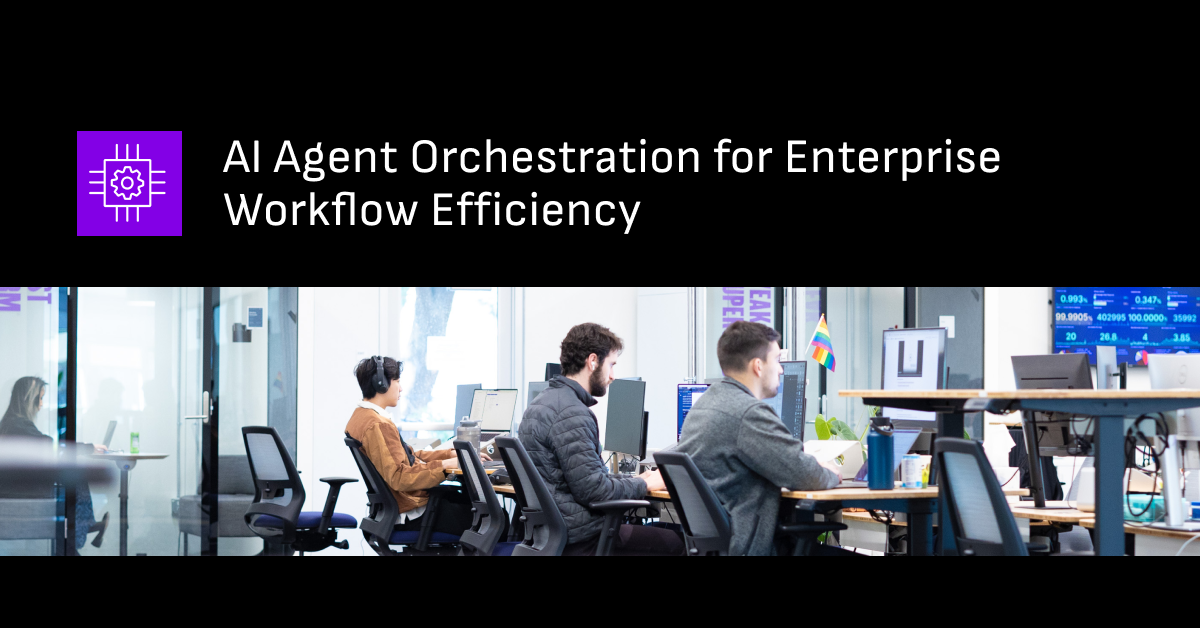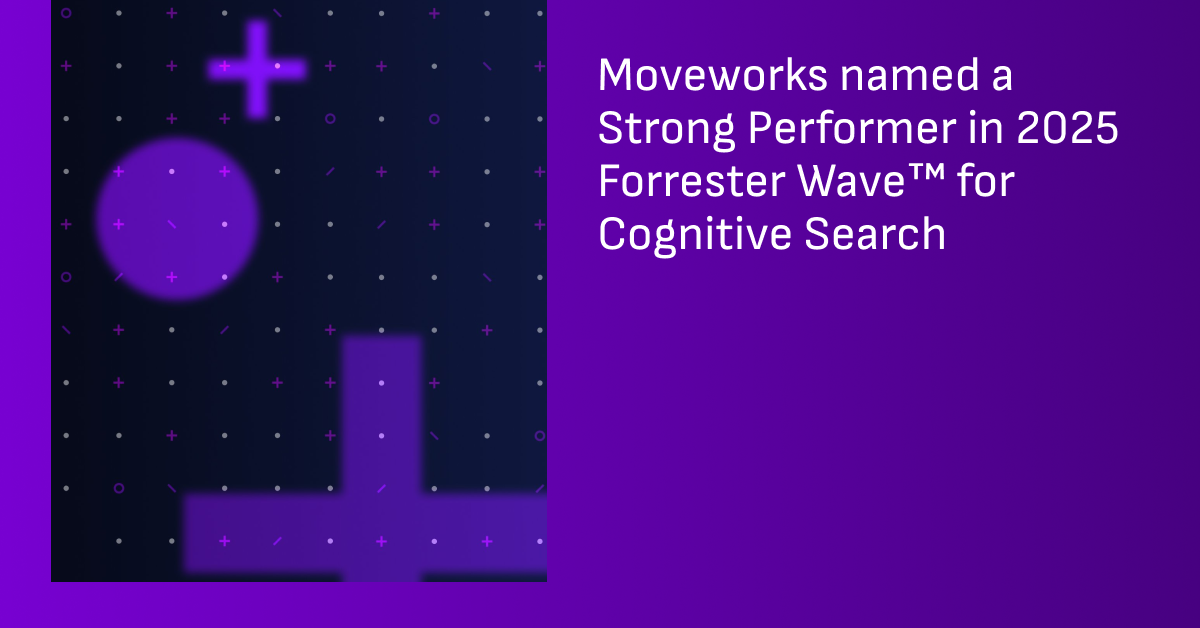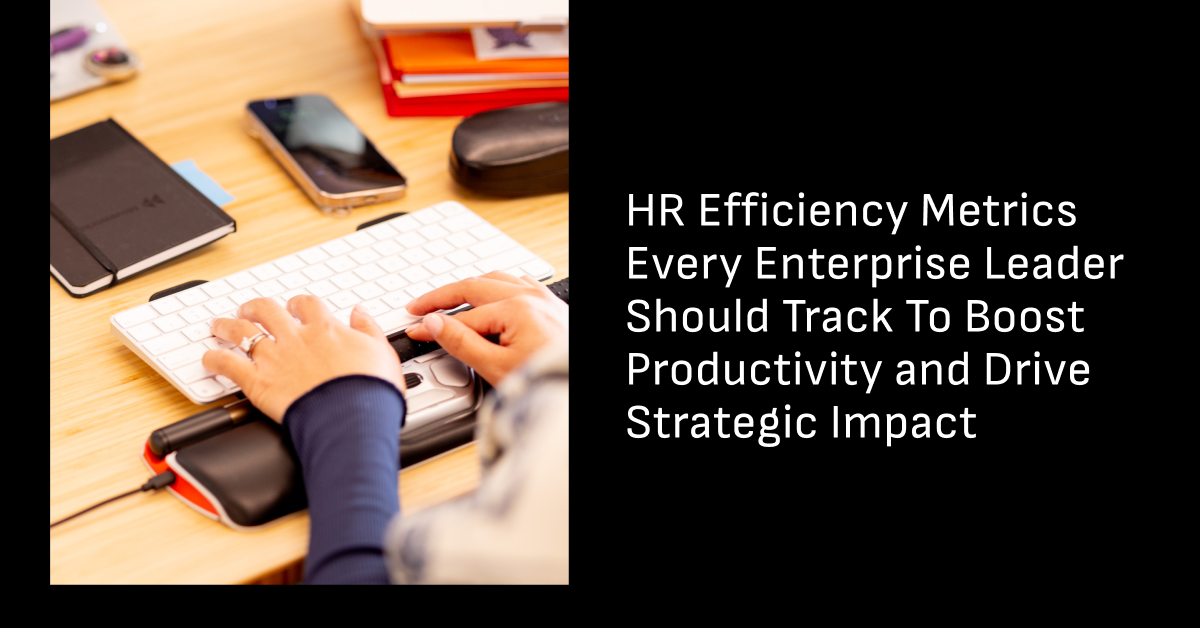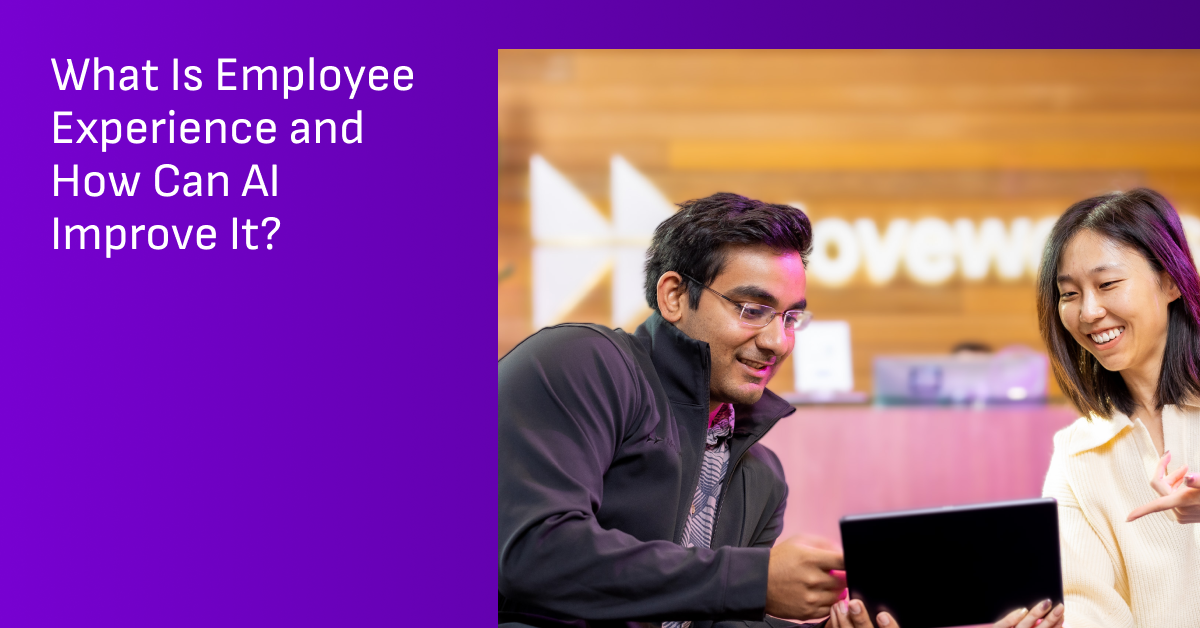Highlights
- Siloed AI agents create inefficiencies: When deployed in isolation, task-specific bots generate fragmented experiences, governance challenges, and unreliable workflows that pull human teams back into the loop.
- AI agent orchestration acts as the “conductor”: Built on an agentic AI foundation, it coordinates multiple agents so they share context, collaborate in real time, and execute complex, cross-system tasks end-to-end instead of functioning as disconnected tools.
- Centralized orchestration platforms unlock enterprise value: They enable multi-system automation, eliminate application sprawl, scale reliably, and embed governance, compliance, and trust into every workflow.
- Real-world use cases show measurable benefits: Orchestrated agents streamline IT support, employee onboarding, expense management, sales operations, and proactive monitoring, cutting processing times and delivering a unified employee experience.
- The right orchestration platform balances intelligence and usability: It offers reliability, governance, seamless integrations, scalability, and low-code accessibility. Moveworks’ Agentic Automation Engine is a leading solution for end-to-end orchestration.
The pace of artificial intelligence adoption is accelerating. According to Gartner, roughly one-third of enterprise software applications are expected to embed agentic AI by 2028, up from under 1% in 2024.
But as your organization brings in more specialized AI agents, you may find yourself dealing with a new problem: too many tools working in isolation.
Instead of simplifying enterprise workflows, you find that these siloed agents create duplicate notifications, inconsistent answers, fragmented employee experiences, and governance challenges when something breaks down.
The missing ingredient isn’t another integration layer—it’s an agentic AI foundation. That’s what makes orchestration possible.
Orchestration connects and coordinates your agents within an agentic AI framework so they don’t just answer questions—they collaborate to execute end-to-end tasks across enterprise systems. For you, this means fewer reliability gaps, stronger oversight, and a unified experience that makes automation truly scalable.
This guide explores what AI agent orchestration looks like in practice, why it matters for IT and business leaders, and how it can help you turn scattered automations into powerful, enterprise-wide solutions that drive efficiency, consistency, and innovation.
Why siloed AI agents can’t scale automation alone
Imagine you’ve got an IT bot handling password resets, an HR chatbot answering benefits questions, and a finance bot tackling expense approvals. When these bots work solo, you end up with a few headaches:
- Notification overload: Every agent generates its own alerts, approvals, and reminders. Before you know it, your employees are drowning in messages. They start missing updates, muting notifications, and disengaging with the whole system.
- Fragmented user experience: When automations aren’t integrated , your team never knows which agent to use for what. They end up bouncing between multiple interfaces, typing the same information over and over, and spending more time navigating tools than actually getting work done.
- Limited reliability and business impact: Standalone agents, while great for specific tasks, often break down with complex, multi-step workflows. When one fails, your support teams get pulled back in, undoing the promise of automation.
- Lack of coordination: Without shared context, data, or process state, multi-agent workflows stall, and humans have to step in.
- Governance and oversight challenges: As you add more agents, keeping track of who owns what becomes a real challenge. Monitoring what they're doing, making sure they follow compliance rules, and maintaining security becomes nearly impossible.
Without orchestration, you end up in a frustrating cycle where support teams must frequently step in to fix gaps, defeating the purpose of automation altogether.
What is AI agent orchestration?
AI agent orchestration is the coordination and management of multiple AI agents to work together (sequentially or in parallel) to complete complex, multi-step workflows. It’s critical for enterprise workflows because it enables specialized agents to automate complicated business processes across different systems.
Think of your enterprise AI agents as talented musicians. Each is a virtuoso in their respective specialty, whether it’s password resets, HR policies, or invoices. But without a conductor, you don't get beautiful music—you get noise. Everyone's playing their part, but they're not listening to each other or working toward the same goal.
AI agent orchestration is your conductor. It coordinates multiple AI agents so they can collaborate, share context, and carry out complex tasks across systems.
Say an employee needs a new laptop. Instead of having to juggle three different tools and follow up on everything themselves, an orchestrated flow handles it all:
- Triggering IT’s device provisioning bot
- Looping in the relevant departments for approval
- Updating HR’s systems to track the equipment assignment
Your employee gets a seamless experience, while the behind-the-scenes agents “hand off” responsibilities like a well-rehearsed team. This is what makes orchestration different from traditional integration tools like integration platform as a service (iPaaS).
While iPaaS platforms connect systems and move data between them, they’re not designed to handle the dynamic, context-aware collaboration that AI agents need. Orchestration goes a step further, coordinating intelligent actions in real time and making workflows adaptive instead of rigid.
In short, AI agent orchestration transforms a patchwork of bots into a unified, intelligent layer that feels effortless for employees and manageable for IT.
Download our AI agent deployment playbook for practical strategies on how orchestration can transform your business operations.
Key benefits of a centralized AI agent orchestration platform
A centralized orchestration platform acts as the backbone for your AI agents. It enables the agents to collaborate and deliver results across departments, which ultimately delivers:
- Centralized coordination: One orchestrator keeps every agent in sync, making sure each focuses on its specialty while still fitting into the bigger picture. This is especially important for processes that span IT, HR, and finance, where agents need to share data sources and decision-making seamlessly.
- Multi-system automation: Most enterprises juggle a mix of platforms—Workday, SAP, ServiceNow, Salesforce, and more. Orchestration connects them so AI agents can move information, trigger actions, and finish workflows end-to-end without manual handoffs or clunky middleware.
- Less application sprawl: Instead of bouncing between ten apps, employees interact with one intelligent conversational platform. They can search, act, and resolve tasks across all systems in one place—less clutter, more clarity, and a smoother experience all around.
- Scalability and flexibility: Orchestration scales with you. It handles complex workflows like contract approvals just as easily as everyday tasks like password resets. As your business evolves, the platform adapts without requiring constant retooling.
- Governance and trust: Automation only works if people believe in it. That’s why advanced orchestration platforms like Moveworks’ Agentic Automation Engine bake in human-in-the-loop oversight, audit trails, and approval workflows. Every action stays transparent, secure, and accountable.
These benefits translate into measurable gains. Orchestrated AI systems can reduce processing times for key workflows by 20–80%, freeing your teams to focus on strategic priorities.
Examples of workflows powered by AI agent orchestration
Orchestration connects AI agents into one cohesive system so tasks actually get completed from start to finish. Here are some real-world scenarios where orchestration makes all the difference.
IT service request resolution
When an employee submits an IT ticket about a slow laptop or a broken VPN connection, AI agents can:
- Run diagnostics automatically: The moment the ticket is submitted, an agent checks system health or network status.
- Update the ticket in real time: Results are logged in ServiceNow, so IT always has the latest context.
- Keep the employee informed: A communication agent sends status updates through Slack, Microsoft Teams, or email, reducing the “any updates?” pings.
- Coordinate next steps: The orchestrator makes sure the right sequence is followed—escalating to a technician if needed or resolving instantly.
With the orchestrator, employees spend less time waiting, and IT teams can eliminate a whole lot of repetitive tasks.
Employee onboarding
Bringing on a new hire usually means chasing down tasks across HR, IT, and facilities. Orchestration pulls it all together:
- HR initiates the workflow: Once the offer letter is accepted, an agent creates the employee profile and triggers downstream tasks.
- IT provisions access: Another agent sets up accounts in tools like Microsoft 365, Slack, and the company’s CRM, ensuring the new hire has what they need on day one.
- Facilities prepares the workspace: If the role is onsite, an agent automatically notifies facilities to assign a desk, badge, and equipment.
- Communications are streamlined: A messaging agent sends the new employee a personalized welcome email with their schedule, team introductions, and helpful resources.
- Orchestration keeps it integrated: The orchestration layer ensures every step happens in the right order, without manual handoffs falling through the cracks.
As a result, every new hire gets a consistent, polished onboarding experience that makes them feel valued from day one.
Expense management
Submitting expenses doesn’t have to be painful. With orchestration, you get:
- Easy submission: Receipts are scanned and reports created automatically in finance systems and accounting platforms like SAP Concur.
- Instant validation: Company policies are applied on the spot, flagging issues early.
- Automatic approvals: The report routes smoothly through managers and finance.
- Quick reimbursement: Payment triggers once approval is in place.
- Compliance built in: Audit trails and rules are enforced from start to finish.
Employees get reimbursed faster and finance teams can trust the integrity of every transaction.
Sales operations
Paperwork shouldn’t slow deals down. Orchestration keeps the quote-to-cash process moving smoothly from start to finish:
- Quote creation: Salesforce data feeds directly into personalized quotes.
- Contract generation: Another agent uses DocuSign to create and send the contract, pre-filled with all the correct details.
- Approval routing: Exceptions get sent to the right decision-makers automatically.
- CRM updates: Signed contracts sync back to Salesforce without manual entry.
- Order fulfillment: Finally, an agent connects with the ERP system to kick off product delivery or service provisioning.
Instead of a bunch of clunky, time-consuming manual handoffs that slow down deal progression, you get a streamlined, automated system that keeps things moving.
Proactive system monitoring
Instead of waiting for something to break, proactive agents work in the background to keep everything running smoothly:
- Continuous 24/7 monitoring: Agents monitor enterprise systems for unusual traffic patterns, system slowdowns, or suspicious login attempts.
- Event detection: Anomalies like looming outages or security alerts trigger diagnostics immediately.
- Automated investigation: Agents dig into logs, run quick tests, and pinpoint the root cause without human intervention.
- Stakeholder notifications: If action is needed, the orchestrator alerts IT teams, security staff, or business owners with real-time context.
- Remediation steps: In some cases, agents can take corrective measures themselves, such as restarting services, blocking suspicious accounts, or reallocating resources.
With this orchestration in place, your business shifts from reactive firefighting to proactive resilience.
What to look for in an AI agent orchestration platform
Before you choose a platform, it’s worth unpacking what an AI agent orchestration platform actually does. At its core, it gives you the tools to design, deploy, and manage coordinated workflows across multiple AI agents and enterprise systems.
In other words, it brings structure to what would otherwise be a patchwork of bots, scripts, and integrations, making it possible to build end-to-end automation without relying on brittle code or one-off fixes.
As you’re evaluating providers, look at what they offer in terms of:
- Reliability and governance: A strong platform should execute tasks consistently and provide built-in governance, with audit trails, oversight, and compliance baked right in.
- Integration and extensibility: Your orchestration layer should connect seamlessly to the systems your teams already rely on—HR, finance, IT, and sales—and make it easy to add new integrations as your needs evolve.
- Reasoning and intelligence: Look for more than just sequential task handling. The best solutions support context-sharing, exception handling, and real decision-making, so agents can act on intent instead of just passing information around.
- Developer and user experience: Prioritize low-code or no-code platforms that let both developers and business users build AI agents and design, test, and monitor workflows without friction.
- Cost and licensing: Think about whether the platform will ultimately reduce your dependency on expensive third-party middleware and whether its pricing model will still fit your budget as you scale.
- Security and compliance: Strong data privacy controls, role-based access, and adherence to regulatory standards are non-negotiable, especially when sensitive data is at stake.
- Performance and scalability: Enterprise workflows are high-volume and complex. Your platform should handle that scale with ease, recover quickly from errors, and stay reliable even under stress.
The real difference between a simple task runner and a true orchestration platform is its ability to understand intent, take meaningful action, and handle exceptions without breaking the flow.
Moveworks’ Agentic Automation Engine takes the heavy coding lift out of orchestration and makes it more accessible with four key pillars:
Manifest Generator: Analyzes and validates plugins to ensure agents pick the right automation.
Slot Resolvers: Translates natural language inputs into precise system identifiers, so agents can act on the right entities.
Policy Validators: Keeps automations aligned with business rules and compliance requirements.
Action Orchestrator: Connects agents with integration code, managing actions and responses while cutting down the need for manual coding.
Together, these components let you build smarter automations faster, cut down code sprawl, save on licensing, and boost reliability—all while giving agents the flexibility to adapt to the real-world complexity of enterprise environments.
Enable end-to-end orchestration with Moveworks
Siloed AI agents might handle specific tasks well, but without orchestration, they create just as much friction as they remove. Your employees still bounce between systems, and critical processes stall when automations don’t connect.
That’s why AI agent orchestration is critical. It ensures your tools work together to automate entire workflows, not just individual steps. Moveworks gives you everything you need to orchestrate agents at scale through two powerful solutions:
- Agent Studio and Agentic Automation Engine: These tools let you build, orchestrate, and manage AI agents without writing code. You can connect systems like Workday, ServiceNow, and Salesforce, chain actions across them, and handle exceptions automatically. Your team spends less time troubleshooting and more time driving real results.
- AI Agent Marketplace: With the marketplace, you get pre-built AI agents for common business needs, from onboarding to expense management. You can combine and orchestrate them to accelerate adoption and deliver value quickly, without starting from scratch.
With built-in intent understanding, out-of-the-box automations, and broad integrations, Moveworks gives you a clear path to unify your automation strategy and unlock productivity gains across the enterprise.
Discover how you can design and orchestrate AI agents across your business with Moveworks AI Agent Builder.
Frequently Asked Questions
AI agent orchestration goes beyond rule-based task automation by enabling dynamic, context-aware collaboration across multiple systems.
While RPA and BPM platforms are effective for structured, repetitive processes, orchestration allows agents to make decisions, adapt to exceptions, and manage multi-step, dynamic workflows that span different systems.
The value of orchestration lies not in directly parsing unstructured data, but in coordinating specialized agents—some of which may handle unstructured inputs—to complete complex processes end-to-end.”
For example, RPA can copy data between systems, but if one field changes unexpectedly, it fails—whereas orchestrated agents can adapt in real time and keep the workflow moving.
In short, orchestration adapts where RPA and BPM break.
Coordinating agents across critical business systems introduces risks around data access, identity management, and compliance.
Enterprises need to implement strong governance policies, role-based access controls, audit trails, and continuous monitoring to prevent unauthorized actions and maintain compliance and trust in the automation layer.
Because orchestrated agents share context across systems, improper governance can amplify risks if a single agent is compromised.
Enterprises should also monitor how shared context and data lineage are handled across agents to avoid sensitive information being exposed in unintended workflows.
The takeaway: orchestration must always be paired with enterprise-grade governance and oversight.
Beyond direct cost savings, ROI should be evaluated through reduced ticket volumes, faster resolution times, improved employee satisfaction, and increased scalability of operations.
Many organizations also measure impact by tracking reduced application sprawl, fewer manual handoffs, and higher compliance with business processes.
Time-to-value is another key metric—how quickly orchestrated automations begin delivering measurable outcomes. Adoption and utilization rates are equally critical: orchestrations only drive ROI if employees actually use them consistently.
Bottom line: ROI should also be linked to strategic business outcomes—such as revenue growth, customer satisfaction, or regulatory compliance—rather than efficiency metrics alone
A successful orchestration strategy typically involves cross-functional collaboration. IT teams ensure integration and security, operations teams design workflows, and business leaders align automation priorities with strategic goals.
Governance and compliance teams are also critical to enforce policies and maintain trust.
Ongoing monitoring and optimization—sometimes supported by AIOps teams—are essential to ensure orchestrations stay reliable as systems evolve.
Low-code/no-code platforms make it possible for non-technical users to participate, democratizing orchestrations beyond IT alone.
Orchestration acts as a foundation for scaling intelligent automation.
It not only optimizes today’s workflows but also enables enterprises to experiment with new AI use cases, adapt to emerging technologies, and continuously evolve toward a more resilient, AI-driven operating model.
By serving as a connective layer, orchestration ensures new AI use cases can be piloted and scaled quickly—without rebuilding workflows from scratch. It also provides a sustainable and compliant foundation for scaling AI in highly regulated industries like healthcare, finance, and government.
Orchestration provides a scalable and flexible foundation that helps enterprises evolve their automation strategies as new AI capabilities emerge
Table of contents



